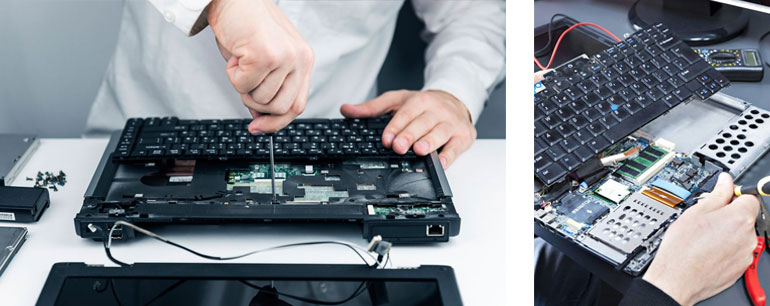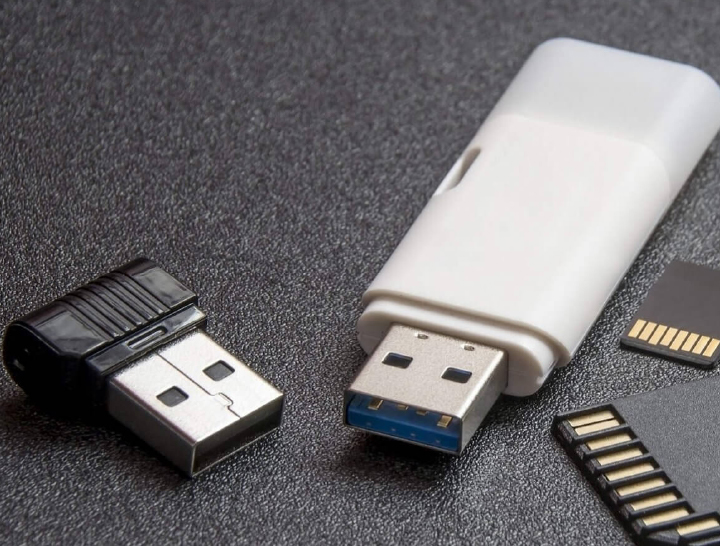Losing data from an old memory card can be distressing, but with the right approach, it’s often possible to recover the information. Remember to handle the memory card with care, stop using it immediately upon data loss discovery, and utilize reliable data recovery software to increase the chances of successful retrieval. Additionally, implementing good data management practices and regular backups can significantly reduce the impact of potential data loss incidents in the future.
Understanding the Common Causes of Data Loss:
Before diving into the recovery process, it’s essential to understand the common reasons behind data loss on memory cards. These reasons may include accidental deletion, formatting, file system corruption, physical damage, or even malware infections. Recognizing the cause can help determine the appropriate method for recovery.

Steps for Data Recovery:
1. Stop Using the Memory Card:
Upon discovering data loss, stop using the memory card immediately. Continued use might overwrite the deleted files, making recovery more challenging or impossible. Remove the card from the device and handle it with care to prevent physical damage.
2. Use Reliable Data Recovery Software:
Several software options are available specifically designed to recover lost data from memory cards. Programs like Recuva, EaseUS Data Recovery Wizard, or PhotoRec are popular choices. Install the software on your computer and follow the instructions provided to start the recovery process.
3. Connect the Memory Card to Your Computer:
Utilize a memory card reader to connect the card to your computer. Ensure the card reader is compatible with the memory card type (SD, microSD, etc.). Once connected, launch the data recovery software and select the memory card as the target drive for scanning.
4. Run the Recovery Software’s Scan:
Most recovery software conducts a thorough scan of the memory card, searching for lost or deleted files. The scanning duration varies based on the card’s size and the amount of data stored. Once completed, the software will display a list of recoverable files.
5. Preview and Recover the Data:
Before initiating the recovery, most software allows users to preview the found files. This preview feature enables you to verify the integrity and relevance of the recovered data. Select the desired files and proceed with the recovery process, ensuring you save the retrieved data to a different location to prevent overwriting.
Tips for Successful Data Recovery:
– Act Quickly: Prompt action increases the likelihood of successful data retrieval.
– Avoid Writing New Data: Refrain from adding new files to the memory card before recovery.
– Backup Regularly: Regularly backing up data prevents significant loss in case of unexpected events.
– Use Reliable Software: Opt for reputable data recovery software to ensure effectiveness and minimize risks.



